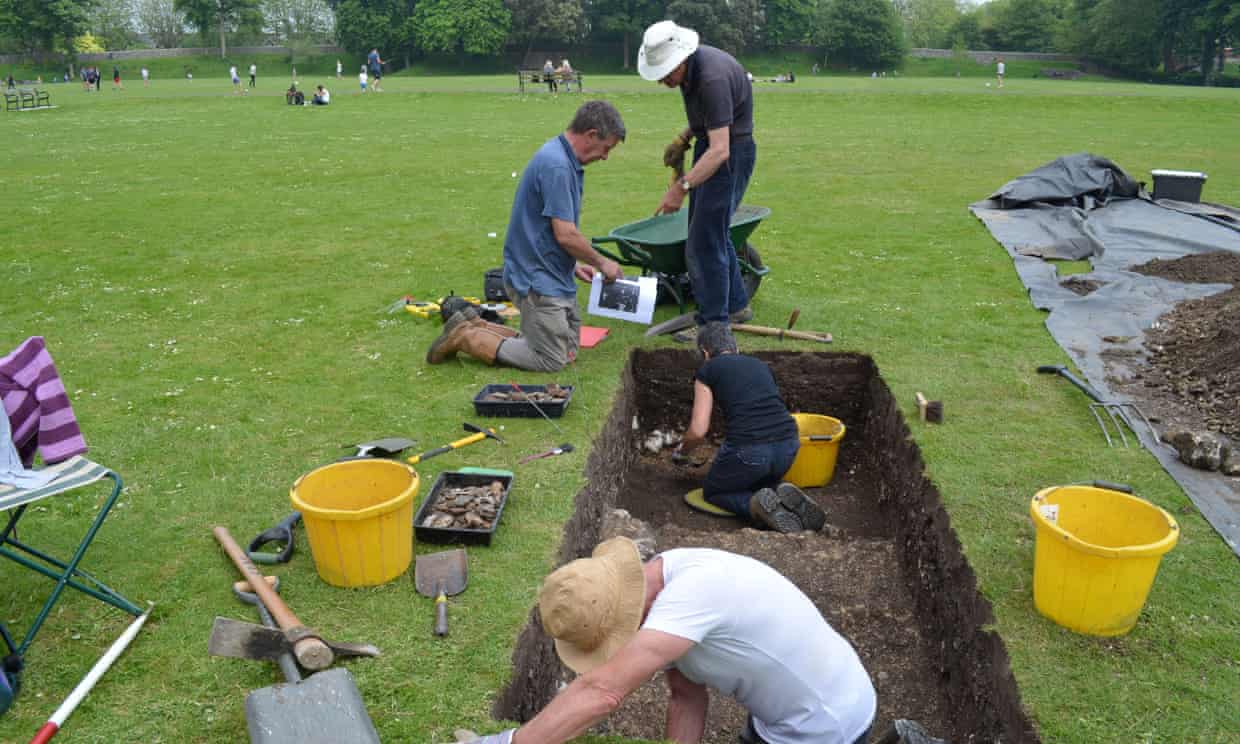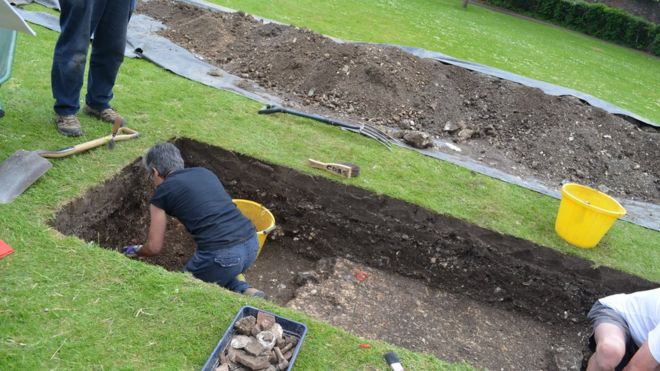Bust of the emperor Commodus dressed as Hercules, in the Capitoline Museum, Rome.
Photograph: Alinari via Getty Images
He looks like a strong man – the strongest. Holding a huge club to beat his enemies with, the Roman emperor Commodus wears a lion skin over his bearded, empty-looking face in a marble portrait bust made in the second century AD, which is one of the treasures of Rome’s Capitoline Museum. He is posing as the mythic hero Hercules, whose muscular might made him victorious in one spectacular fight after another. The portrait literally equates the strength of Hercules with the power of the emperor.
This is an idea Donald Trump might like. He surrounds himself with gold as lavishly as any tyrant. Why not commission a portrait of himself as Hercules for the Oval Office instead of just moving around busts of Winston Churchill and Martin Luther King?
The way the worst Roman emperors are portrayed in art can help us to see Trump more clearly. When we look at the face of Commodus in this eerie portrait, we are staring into the eyes of unhinged, utterly perverse tyranny. When this son of the respected emperor Marcus Aurelius took control of the vast Roman empire in AD161 he embarked on a career of bizarre folly and monstrous cruelty. As well as executing his enemies and perceived enemies, he liked to fight in the arena, killing gladiators with his own hands in a spectacle that educated Romans found shameful and disturbing.


